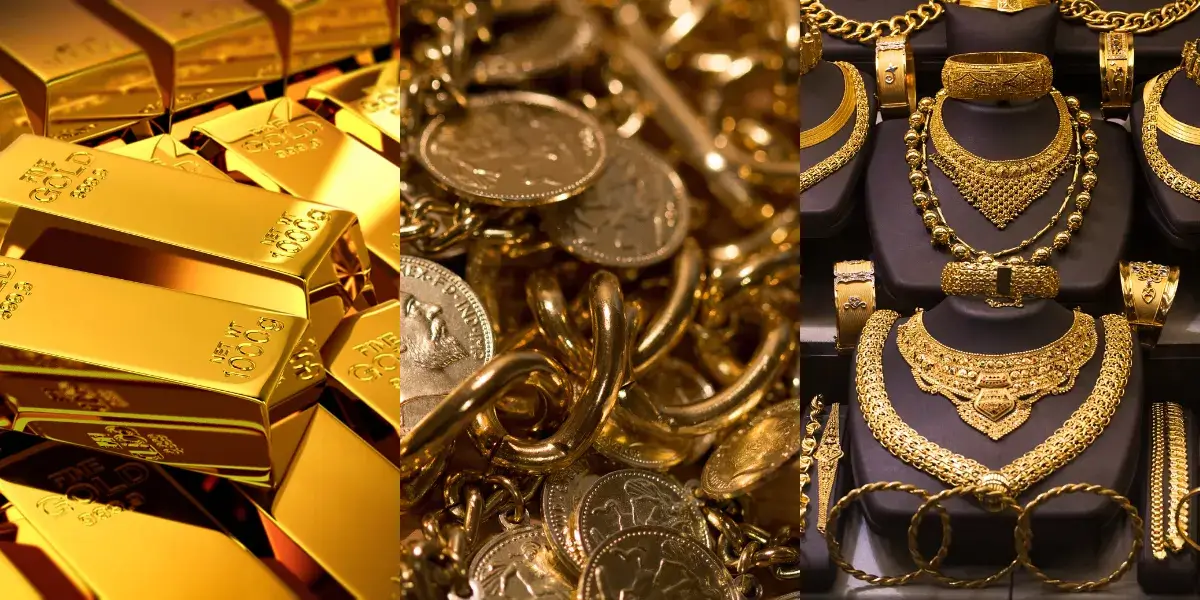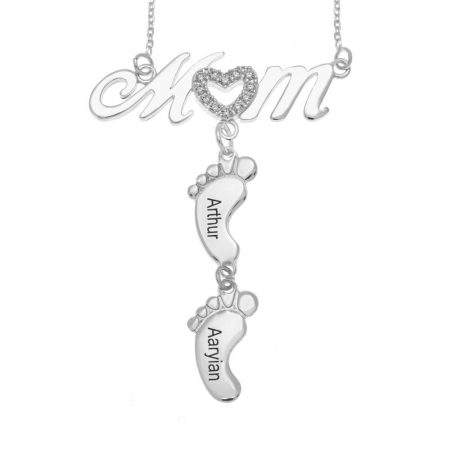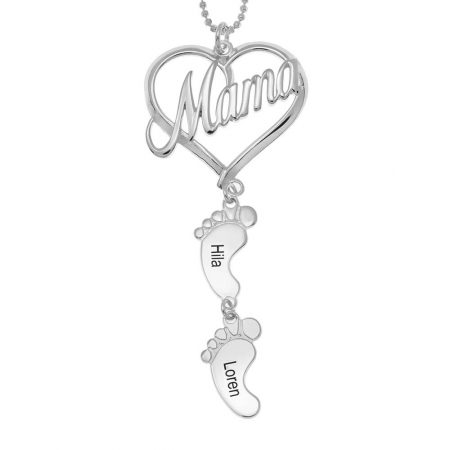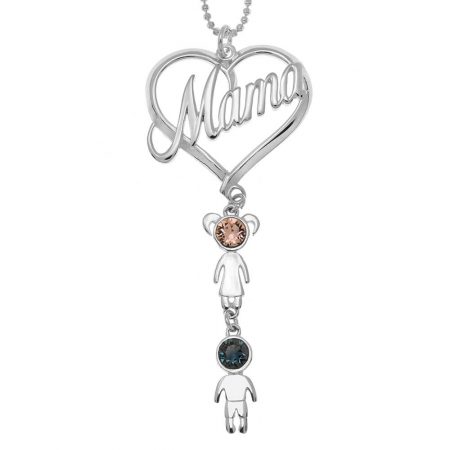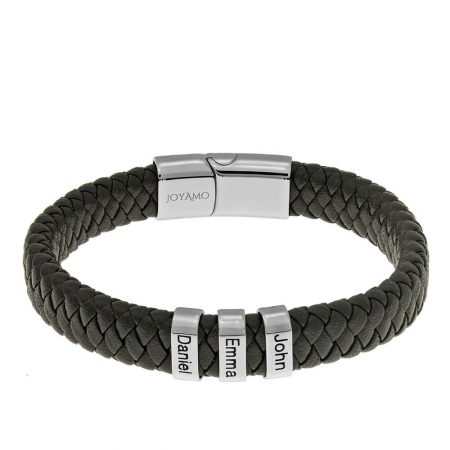Gold has captivated humanity for thousands of years, and has been revered for its inherent beauty, rarity, and enduring value.
From ancient civilizations to modern societies, gold has played a central role in human culture, economics, and technology.
Gold evidences humanity’s fascination with its beauty, wealth, and innovation. Its endless allure continues to shape our world, serving as a symbol of prosperity, technological progress, and cultural heritage.
Pure Gold
A Precious Metal of Unrivaled Beauty and Value
The History of Gold
The rich history of gold dates back thousands of years, with evidence of its use found in ancient civilizations such as Egypt, Mesopotamia, and China.
It was one of the first metals that prehistoric humans used and processed, which paved the way for the creation of advanced civilizations and metallurgy.

Scientific proof indicates that gold coins were in circulation as early as the sixth century BCE, acting as a medium of exchange and promoting trade across continents.
The allure of gold sparked exploration and conquest, driving European colonization of the Americas and the quest for new sources of wealth. The power and influence of gold in civilizations play a paramount role.
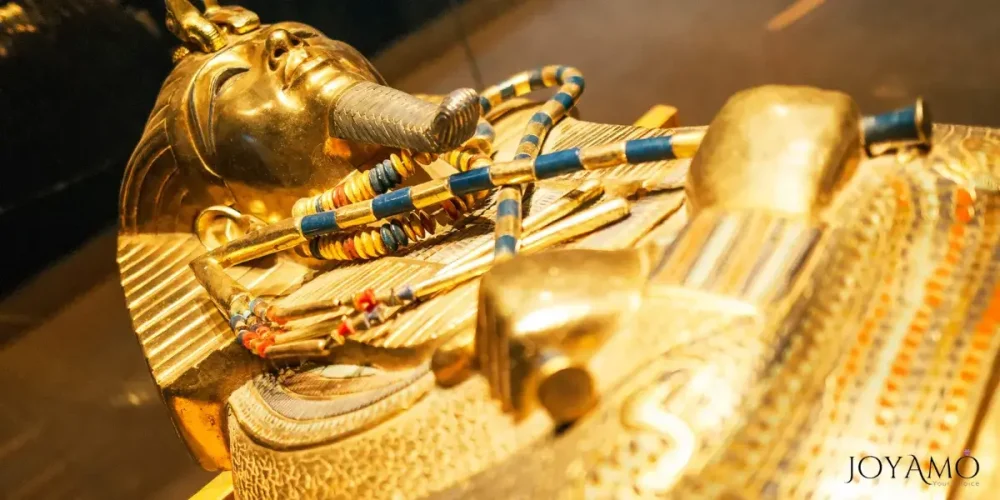
Uses of Gold
- Jewelry: Perhaps the most iconic use of gold, it is prized for its beauty and durability in crafting exquisite jewelry pieces.
- Investment: Gold serves as a hedge against economic uncertainty and inflation, with investors flocking to it during times of market volatility.
- Currency: While no longer used as a standard currency, gold reserves held by central banks provide stability to global financial systems.
- Technology: Gold’s exceptional conductivity and corrosion resistance make it indispensable in the electronics, telecommunications, and aerospace industries.
- Medicine: Gold nanoparticles are utilized in medical diagnostics and treatments, showcasing their versatility beyond traditional applications.

Introduction to Gold Karat
Gold karat is a fundamental concept in jewelry, representing purity and quality. Karat, abbreviated as “k,” measures the purity of gold in jewelry alloys.
Pure gold, sometimes referred to as 24 Karat gold, is 100% pure yet too soft for practical use since it contains 24 parts gold to every 24. Gold is frequently alloyed with other metals to increase strength and endurance while preserving its shiny and lustrous look.
Meaning of Karat in Jewelry
- The karat scale ranges from 24k to 10k, indicating varying levels of gold purity.
- Higher karat values denote greater gold purity and a richer, deeper gold color.
- Lower karat values signify a higher proportion of alloyed metals, resulting in a lighter color and increased durability.
- Understanding gold karat is crucial for assessing jewelry quality, value, and durability.
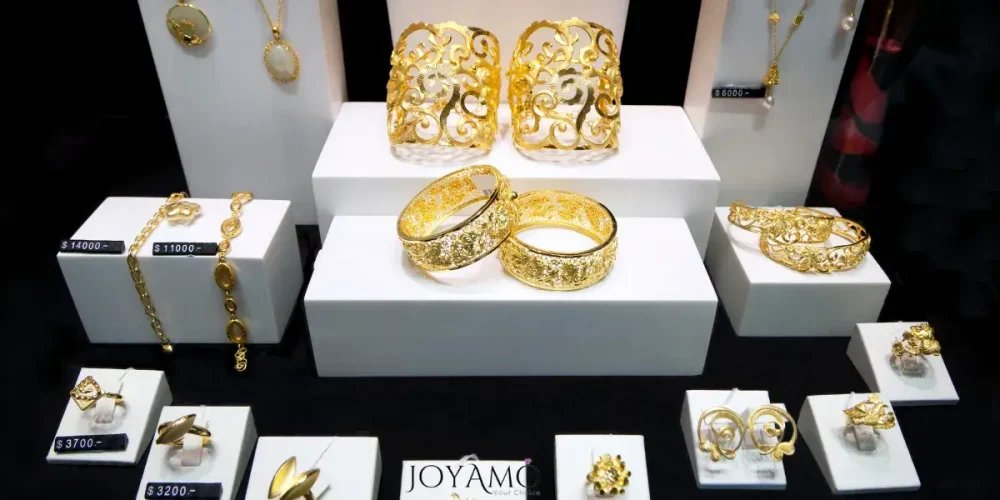
Gold Karat Importance for Consumers and Artisans
- Consumers rely on karat to make informed decisions when purchasing gold jewelry.
- Artisans use karat to determine the appropriate alloy composition for crafting jewelry pieces.
- Knowledge of gold karat ensures that jewelry meets desired quality standards and aesthetic preferences.
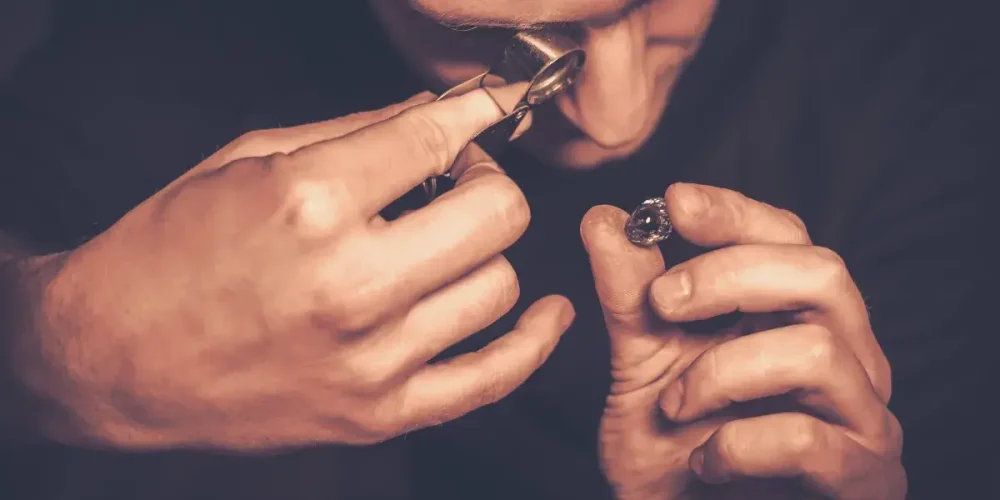
Impact on the Appearance and Durability of Pure Gold
- The karat of a gold piece of jewelry influences its appearance, with higher karat gold exhibiting a richer color.
- Durability varies with karat; higher-karat gold may be softer and more prone to bending or scratching.
- Lower karat gold offers increased resistance to wear and tear, making it suitable for everyday jewelry.
Conclusion
- Gold karat plays a vital role in defining the quality, value, and durability of jewelry.
- Understanding karat ensures informed decision-making for both consumers and artisans.
- Whether purchasing or crafting jewelry, knowledge of gold karat is essential for achieving desired outcomes.
Detailed Explanation of Each Karat
Gold karat variations encompass a spectrum of purity levels, each with its unique characteristics and applications.
Each karat of gold offers a unique ratio of purity, durability, and affordability. Each karat of gold caters to different preferences and goals.
The characteristics of each gold karat value enable consumers to purchase jewelry that aligns with their desired qualities and budget requirements.
24 Karat Gold (24k)
- 24k gold is the purest form of gold, consisting of 24 parts gold out of 24, making it 100% pure.
- It boasts a vibrant yellow color and is highly malleable, making it the softest form of gold.
- Due to its purity and softness, 24k gold is primarily used in investment-grade bullion coins and bars rather than everyday jewelry.
18 Karat Gold (18k)
- 18k gold contains 18 parts gold and 6 parts other metals, resulting in a purity of 75%.
- It strikes a balance between purity and durability, making it a popular choice for fine jewelry.
- 18k gold jewelry exhibits a luxurious appearance while maintaining sufficient strength for intricate designs, making it ideal for engagement rings and other high-end pieces.
22 Karat Gold (22k)
- 22k gold comprises 22 parts gold and 2 parts other metals, making it 91.6% pure.
- It boasts a distinctively rich yellow color and is prized for its traditional appeal.
- Jewelry crafted from 22k gold is prevalent in cultural and ceremonial contexts, particularly in regions with a strong tradition of gold jewelry craftsmanship.
14 Karat Gold (14k)
- 14k gold consists of 14 parts gold and 10 parts other metals, making it 58.3% pure.
- It offers a balance between durability and affordability, making it a popular choice for everyday wear jewelry.
- 14k gold jewelry is widely used in a variety of designs, including rings, necklaces, and earrings, due to its durability and relative affordability.
10 Karat Gold (10k)
- 10k gold contains 10 parts gold and 14 parts other metals, resulting in a purity of 41.7%.
- It is the lowest karat value considered gold in many countries and offers increased durability and resistance to wear.
- Jewelry crafted from 10k gold is often more affordable and suitable for everyday wear due to its strength and resistance to tarnishing.
| Karat | Gold Purity | Other Metals | Characteristics |
|---|---|---|---|
| 24k | 100% | None | Most malleable, softest, rich yellow color, not suitable for intricate jewelry |
| 18k | 75% | 25% | Balance of purity and durability, popular for fine jewelry |
| 22k | 91.6% | 8.4% | Traditional, rich yellow color, used in cultural jewelry |
| 14k | 58.3% | 41.7% | Durable, affordable, and widespread use in contemporary jewelry |
| 10k | 41.7% | 58.3% | Strong, resistant to tarnishing, and suitable for everyday wear |
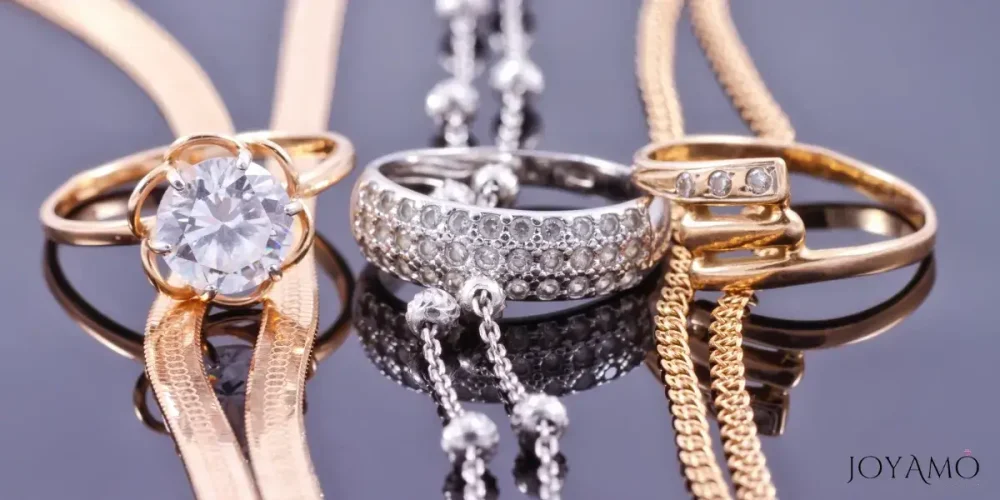
Pure Gold Karat Jewelry Shines Among Celebrities
In the glamorous world of Hollywood, pure gold jewelry has long been a symbol of wealth and status. Celebrities use exquisite gold pieces to make bold statements on red carpets and at high-profile events.

From iconic gold chains rocked by hip-hop stars to delicate gold bracelets adorning the wrists of actresses and celebrities, gold jewelry has always been a staple in celebrity fashion.
Stars like Nicole Kidman, Rihanna, and Jennifer Lopez are often spotted showing off their gold necklaces, elevating their looks with their timeless elegance.
It can be a pair of gold hoop earrings or a statement gold necklace with a diamond pendant, pure gold karat jewelry always adds an incredible touch of luxury to any ensemble.
Celebrities and influences know about the endless appeal of gold and frequently incorporate it into their wardrobes, creating over-the-top looks in films, concerts, and events like the Oscars or Grammys.

For those jewelry lovers inspired by the style of celebrities worldwide, embracing the elegance of pure gold jewelry allows them to enjoy the magic of this incredible metal.
With its undeniable beauty and timeless charm, gold jewelry continues to captivate the hearts of celebrities and jewelry lovers, transcending fashion trends, and standing the test of time.

💡 Pure Gold Karat, all you need to know FAQs
✔ What karat is pure gold
Pure gold is measured in karats, and 24 karat gold is the purest form available. It consists of 24 parts gold out of 24, making it 100% pure gold. This means there are no other metals mixed with it. Although 24 karat gold is the purest form, it’s also the softest and most malleable, making it less suitable for jewelry designs. This is the way gold is alloyed with other metals like silver, copper, or zinc to enhance its durability for everyday wear.
✔ Which is pure gold 22 carat or 24 carat?
24 karat gold is purer than 22 karat gold. 24 Karat gold is pure gold; its composition is 99.9% gold the highest purity level available. 22 karat gold contains a lower gold content, in general, 91.6%, due to the alloying of other metals for strength and durability. Both are pricey, but 24-karat gold is well-known for its purity and is often used as an investment in the banking and personal sectors.
✔ Which gold is pure 18K or 22K?
18K gold is purer than 22K gold. 18K gold has a purity of 75%, meaning it contains 75% gold and 25% other metals (alloys). 22K gold has a higher gold content of 91.6%, making it less pure than 18K gold. While both types of gold have their unique properties and applications, 18K gold is used for fine jewelry because of its balance of purity and durability, offering a luxurious appearance without compromising on strength.
✔ Is 22K gold same as 916?
Yes! 22K gold is often referred to as 916 gold. The term “916” means the purity of the gold in terms of parts per thousand. 916 gold means that the gold content is 91.6% pure in karats of 22K gold. This level of purity is commonly used in various cultures and regions worldwide for traditional and ceremonial jewelry, thanks to its shiny color and enduring beauty.
✔ What are the 3 types of gold?
The three main types of gold are:
a) 24 karat gold
This is the purest form of gold, consisting of 99.9% gold and no other metals. It is highly malleable and soft.
b) 18 karat gold
This type of gold contains 75% gold and 25% other metals called alloys. It presents a balance between purity and durability, making it an ideal fine metal for jewelry.
c) 14 karat gold
With a gold content of 58.3%, 14 karat gold is renowned for its durability and affordability. It is commonly used in a wide range of jewelry designs, offering both strength and aesthetic appeal at a more affordable price.
 SHIPPING
SHIPPING
